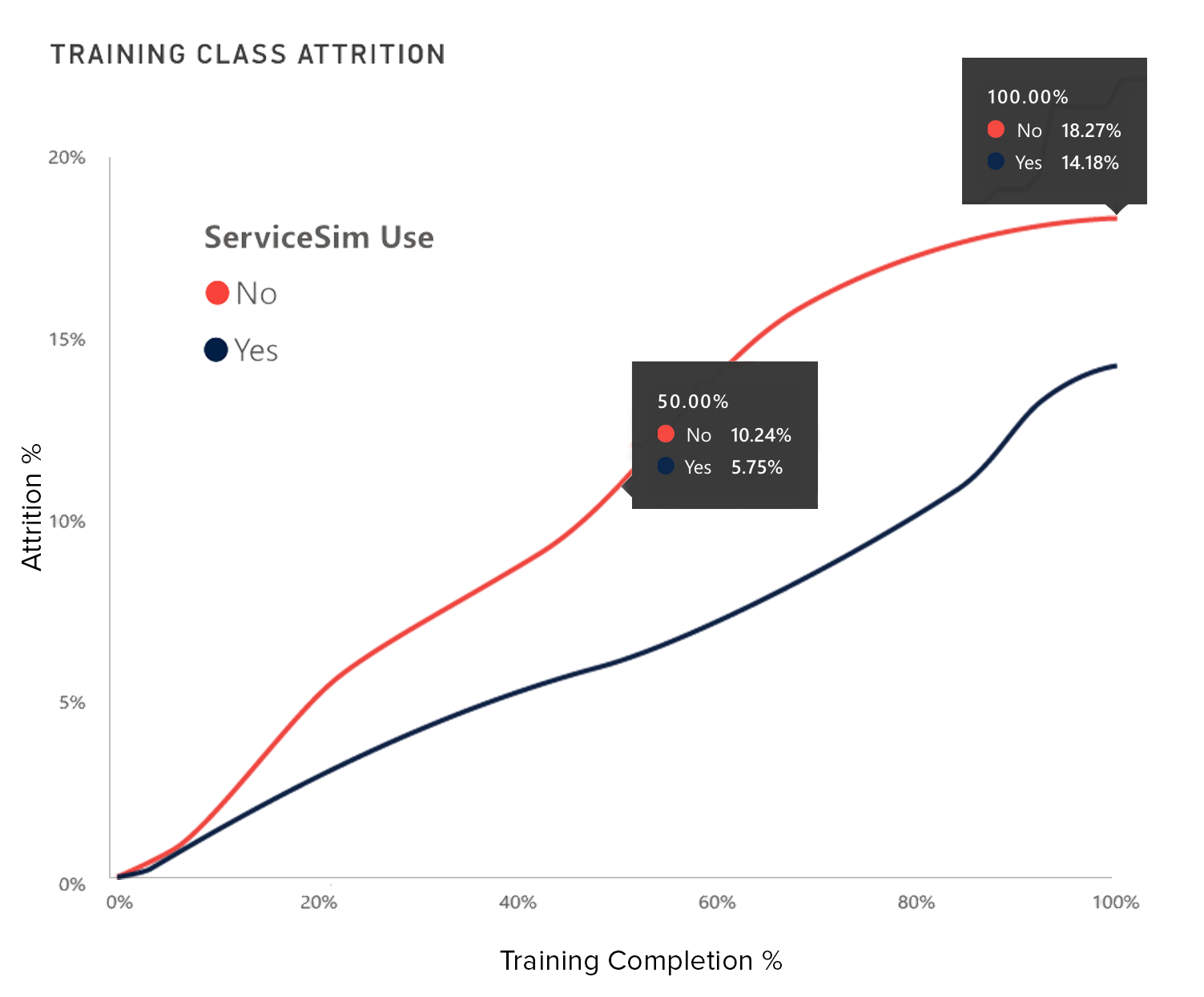Remember road trips before technology? You’d go to the store, buy a map, and determine the best way to get to your destination.
But these maps had limitations. If you made a wrong turn, you had to figure out where you were and how to get back on track. You also didn’t get any information on traffic, construction, or gas stations; you were on your own.
Luckily, that’s no longer the case. First, tools like MapQuest helped drivers determine the best route. Next came GPS satellites that provided real-time location and directions and eventually included other travel-related data. Then car manufacturers stepped up to help drivers get to their destination safely with features like self-parking, lane assist, and dynamic cruise control.
As we get nearer to self-driving cars, the driver is becoming less and less necessary. And that has many contact center leaders dreaming of a future where technology can handle any customer issue.
How close are we to self-service contact centers?
There’s no shortage of technology available to help contact centers get closer to self-service. Robotic Process Automation (RPA), chatbots, workflow engines, Natural Language Processing (NLP), and Artificial Intelligence (AI)—the list goes on.
Many contact centers add this technology to create a better self-service customer experience or reduce costs by limiting human involvement.
But contact center technology spend is often focused on the promise and possibility that these technologies will instantly transform your customer service. And it doesn’t always work out that way.
Further reading: Don’t Add More Technology, Add the Right Technology
That’s because there’s still value in the human connection agents can develop with customers. And there are complex customer issues these tools can’t resolve on their own yet.
Watch Vistio’s Executive Director, Gregg Antenen, discuss the future of contact center technology and how it will affect agents at the 89th annual IBTTA Meeting and Exhibition.
Technology can help agents create great customer experiences today.
Self-service contact centers may be the ideal state for many leaders in the industry, but we aren’t there yet.
So in the meantime, how do we support agents, increase efficiency, and create the best customer experience possible?
When contact centers have a technology mix that supports self-service AND augments agent capabilities, they can reduce the need for human interaction on some calls while improving agent performance on complex calls.
This allows you to create a technology environment that reduces costs, provides your customers with seamless interactions, and creates a revenue-generating competitive advantage for your organization.
Keep reading: How Workflow Management Software Simplifies and Improves the Agent Experience

